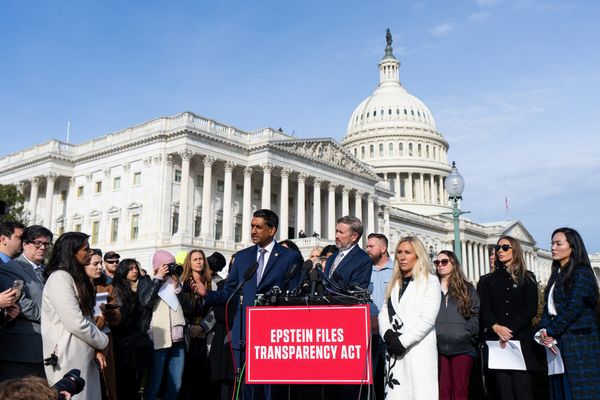It might appear to be just another piece of outer suburbia on the surface, but there is a human history to Midland that stretches back thousands of years.
While Midland developed as a significant town in the 1890s, archaeological evidence proves the area had already been in use by the Whadjuk Noongar people for tens of thousands of years.
Shane Burke, an expert in archaeology and history at Perth's Notre Dame University, said the area where the Swan and Helena rivers meet, 16 kilometres east of modern-day Perth, had a significant place in history.
'Extremely significant Indigenous history'
At archaeological sites at the nearby Helena River and Upper Swan, artefacts made mostly of quartz, chert and mylonite have been found, as well as charcoal from hearths.
When tested, radio-carbon dating of the charcoal found it was 29,000 years old in Helena River, and 39,500 years old in Upper Swan.
"So it's not just a European history, [Midland] itself is very, very special for the ancestors of the Noongar people," Dr Burke said.
When the British first colonised the Swan River area in 1829, there was an early settlement at nearby Guildford, but initially, little was done with the land in the present-day Midland area. Dr Burke said Noongar people would have still been living in the area.
"Despite the fact that it has pretty good soil for Europeans, it wasn't really used greatly for agricultural purposes — and that's a bit strange.
"Down at Blackadder Creek, which is part of Midland, Aboriginal people were still meeting to have corroborees right up until about 1907, so it's got an extremely significant Indigenous history."
The coming of the railways
Major development and the name Midland Junction came in the 1890s with the arrival of the railways, which brought thousands of people into the area.
It was the private Midland Railway Company which gave the place its name, and which had the contract to build the line from Perth up to Greenough and Geraldton.
In 1904, the West Australian Government Railways moved their workshops to Midland, employing and training thousands of men who built all the engines and rolling stock for WAGR.
According to Dr Burke, the railways were a part of life for everyone in Midland, whether they worked there or not, and even influenced the curve of the roads.
"I went to school in Middle Swan, you could hear the whistle from there, you knew what time it was, as you were walking home from school to the terminal to catch the bus home because you could hear what's going on in the workshops."
The workshops also brought a diverse population to Midland.
"The railways in general employed a lot of people that were referred to in the old days as 'new Australians', people that came after the Second World War and were Italian or Greek or English or Irish or German," he said.
Heartbreaking day
When the railway workshops closed after 90 years on March 4, 1994, it was a heartbreaking day for many.
Kevin Mountain, who started at the workshops at age 16 as a clerk and was 58 when the final whistle rang, told Christine Layton on ABC Radio Perth it was "a very traumatic day".
"I had no advice from the management what to do, so I went to work as usual, starting at 6:30am," Mr Mountain said.
"I opened the time office and I had it ready for the men to come in at seven o'clock.
"I got a phone call about quarter past eight, saying I had to report to the flagpole at nine o'clock, where I was going to lower the flag and which I did, and I lowered flag and that brought the end of the workshops."
While many of the workshop's buildings still remain and have been repurposed, the industry has gone.
Keeping memories alive
There has been a revived interest in Midland's history in recent years.
Matthew Pavlinovich has been fascinated by that history since he went to school in the area and in 2017 founded the Midland Districts Historical Society, to preserve the story of Midland's past.
"My family came over from Croatia in the mid-1960s and we've been here all our lives," he said.
He was still at school when he decided to start preserving records.
"At that stage, there was no internet, so I started off scrapbooking the local newspapers articles," he said.
Today, the society has gone online and is working to build up a collection.
"We're acquiring and preserving any goods, photographs, anything we can find on our area, we're trying to build a collection."
Recognising the first people of Midland
Attention has also turned to recognising the Whadjuk Noongar people of the area, with a local park named after Weeip, a leader in the area at the time the British arrived.
Ballardong man Mark Bateman told ABC Radio Perth Weeip was a significant leader in the 1830s.
"He was the leader of the Boora clan, the Boya Ngura people and he would have had a lot of interaction with the first settlers," he said.
"He was recognised as a very strong leader and steeped in his culture."
Mr Bateman said it was heartening to see Indigenous leaders gain public recognition.







